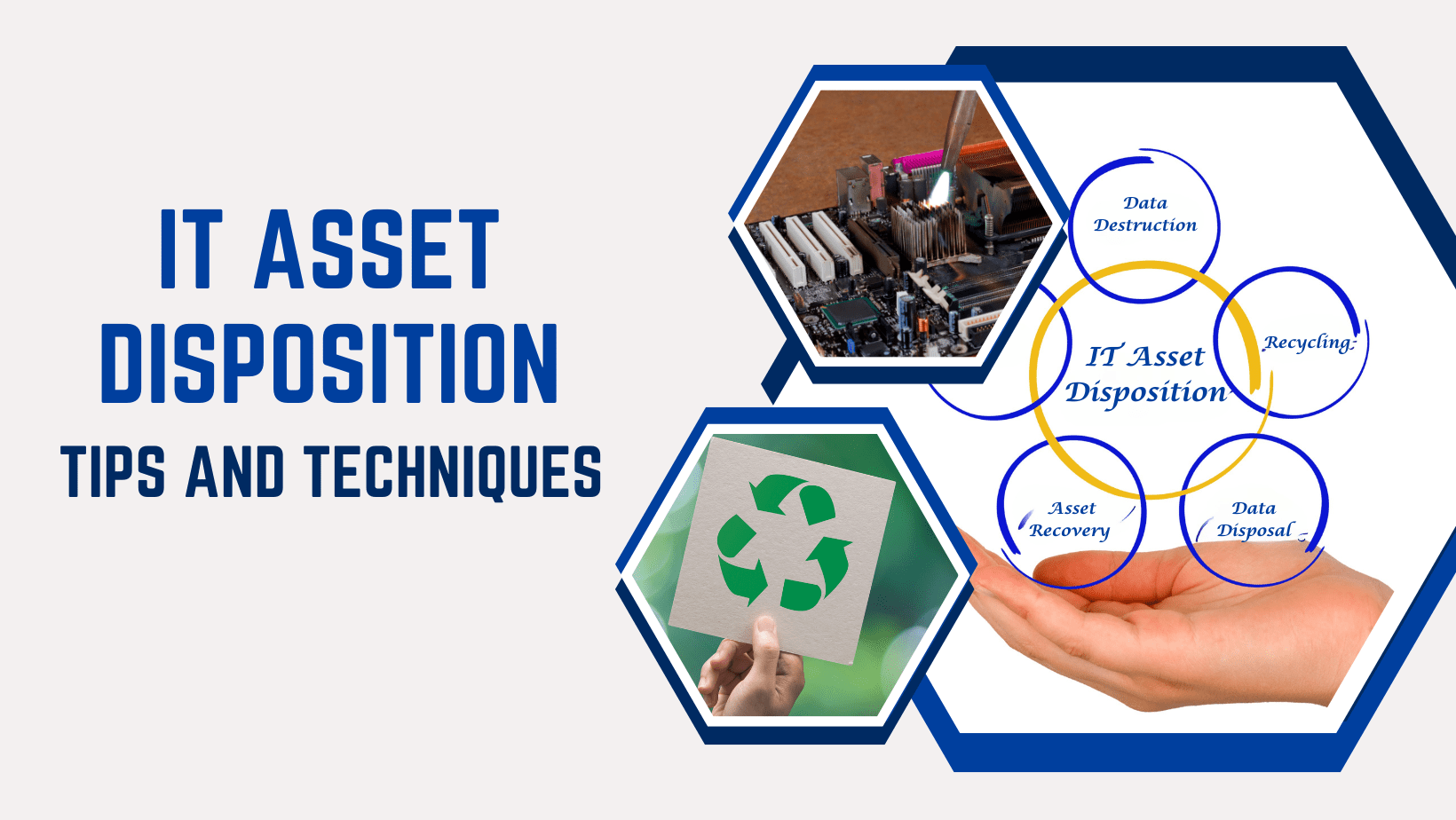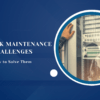A Complete Guide to IT Asset Disposition: Tips and Techniques
Yes, handling IT assets responsibly has become an essential task for businesses. With IT equipment becoming outdated, organizations must find effective ways to manage old hardware and software. IT Asset Disposition (ITAD) offers a reliable process for dealing with obsolete equipment while ensuring environmental safety and data security.
ITAD is not simply about throwing away old devices. It focuses on safely removing data, recycling responsibly, and recovering value from unused assets. This guide will explain the importance of ITAD, its benefits, and practical ways to manage IT asset disposition for any organization.
Understanding IT Asset Disposition (ITAD)
IT Asset Disposition refers to the process of managing IT equipment when it is no longer in use or has reached the end of its lifecycle. This includes safely retiring hardware such as servers, laptops, networking devices, and storage systems. ITAD also covers software licenses and sensitive data stored on these devices.
The goal of ITAD is to ensure that all assets are disposed of responsibly, securely, and in an environmentally friendly way. Additionally, organizations can recover value from retired equipment through resale or recycling.
The Importance of Proper Asset Disposition in the Digital Age
In the modern world, IT assets are essential for running businesses smoothly. However, as these assets age and become obsolete, disposing of them properly is critical.
Environmental Impact:
Improper disposal of IT equipment can harm the environment. Many devices contain hazardous substances such as lead, mercury, and cadmium. If these materials are not handled correctly, they can contaminate soil and water sources. Additionally, the production of new IT equipment consumes resources and generates carbon emissions. By responsibly recycling old assets, companies can reduce their environmental footprint.
Security Risks:
IT assets often contain sensitive information, including customer data and intellectual property. Improper disposal can result in data breaches, exposing businesses to financial losses and reputational damage. Secure data erasure is an integral part of ITAD to ensure this doesn’t happen.
Regulatory Compliance:
Governments worldwide have strict regulations for disposing of electronic waste (e-waste). Non-compliance can lead to heavy fines and legal issues. ITAD helps businesses adhere to these regulations and ensures proper disposal methods are followed.
Environmental and Security Concerns Related to Improper Disposal
When IT assets are discarded carelessly, several issues arise:
- Hazardous Materials: Many electronic devices contain harmful materials that, when improperly disposed of, can leak into the environment and harm human and wildlife health.
- Data Breaches: Devices like hard drives and servers can store sensitive information. If these assets are not securely wiped or destroyed, unauthorized access can lead to data breaches.
- E-Waste: The growing amount of e-waste worldwide is a significant environmental challenge. Poor disposal practices increase pollution and waste management issues.
Challenges in IT Asset Disposition
Managing IT Asset Disposition (ITAD) can be tricky, especially for larger organizations. Data security is a major concern. Sensitive information must be fully erased from devices before disposal, and any oversight could lead to security breaches, causing financial and reputational damage.
Tracking IT equipment throughout its lifecycle is challenging, as organizations often have many devices. Without a good inventory system, assets can go missing or be disposed of improperly, leading to unnecessary costs and potential legal issues.
For organizations with data centers, decommissioning or upgrading these facilities adds complexity. Proper planning and coordination are required to avoid disruptions, delays, or downtime during the IT Asset Disposition process.
Determining the value of older IT equipment is not straightforward. The equipment’s condition, current demand, and depreciation all impact its value, and misjudging these factors can lead to missed chances to recover costs.
Benefits of Proper IT Asset Disposition
Implementing a structured ITAD process has several advantages:
Old IT equipment can be refurbished and resold, helping businesses recover some of their initial investment. This approach not only generates revenue but also reduces waste.
Proper disposal of unused devices helps save on storage costs by eliminating the need to store outdated equipment. It also frees up space and prevents additional overheads.
Recycling old IT equipment is an eco-friendly choice, reducing electronic waste and conserving resources. This practice aligns with sustainability goals and minimizes environmental impact.
Securely erasing data from old devices is critical to prevent data breaches. Proper disposal methods ensure that sensitive business information is protected, avoiding potential legal and reputational risks.
Strategies for Effective IT Asset Disposition
To manage ITAD effectively, businesses can adopt the following strategies:
Managing old IT equipment effectively requires careful planning and responsible actions. Firstly, it is important to create clear and detailed plans when shutting down or upgrading data centers and other large-scale IT setups. These plans should include step-by-step instructions, clear timelines, and assigned responsibilities to ensure the process runs smoothly without any confusion. Having a structured approach helps avoid unnecessary disruptions.
Secondly, removing sensitive information from old devices is crucial. This can be done using secure methods like overwriting data, using magnetic degaussing to erase information, or physically destroying storage devices. These steps make sure that no sensitive information is left behind, reducing the risk of data breaches or misuse.
Next, it’s a good idea to check if older IT equipment still holds value. Many items can be fixed or refurbished and sold in secondary markets. This not only helps recover some of the initial investment but also reduces waste. Identifying and repurposing valuable equipment benefits both businesses and the environment.
Finally, for equipment that no longer has any use, it’s important to work with certified e-waste recycling centers. These facilities follow strict rules to dispose of electronic waste in a way that minimizes harm to the environment. Partnering with trusted recyclers ensures that materials are handled responsibly, contributing to sustainable practices while reducing harmful waste.
Conclusion
Proper IT Asset Disposition (ITAD) is more than just a necessary process; it is a strategic approach to managing retired IT assets responsibly. Businesses that adopt ITAD practices benefit from improved data security, regulatory compliance, and cost savings while contributing to environmental sustainability.
As IT assets continue to evolve, their proper disposal becomes even more critical. By understanding the importance of IT Asset Disposition and implementing effective strategies, businesses can ensure they meet their operational, environmental, and security goals. Agrius IT provides these services, helping organizations manage IT asset disposition efficiently while prioritizing security and sustainability.



